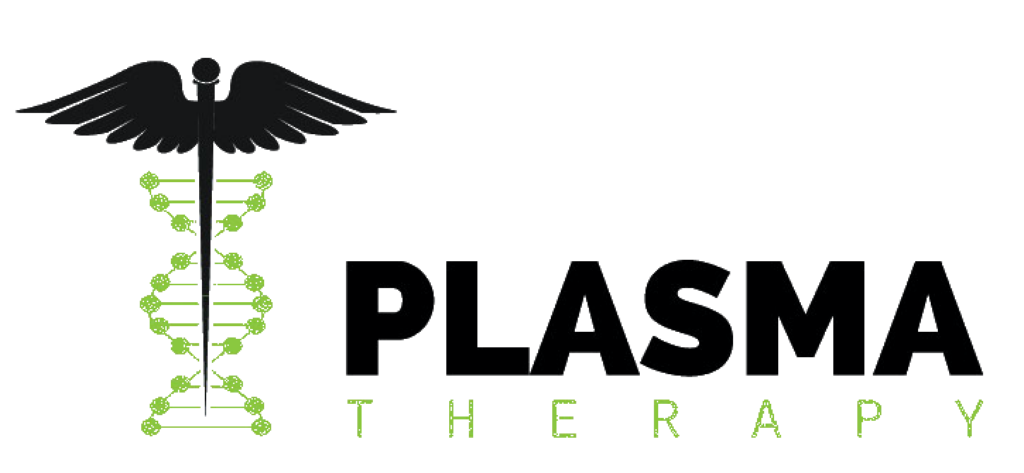Yes, F1 students in the United States can donate plasma for money. However, there are a few restrictions and requirements that F1 students must meet before they can donate plasma. By understanding the rules and the process, F1 students can earn some extra cash by donating plasma.
Rules and Requirements for F1 Students to Donate Plasma
To donate plasma as an F1 student, you must meet the following requirements:
- Have a valid F-1 visa and be enrolled full-time in a degree program at an accredited university or college.
- Be at least 18 years old and weigh at least 110 pounds.
- Pass a medical screening to ensure you are in good health.
In addition to meeting these requirements, F1 students must follow some rules when donating plasma:
- You can only donate plasma once every 2 weeks. Donating too frequently can be unhealthy.
- Do not donate if you are feeling unwell or have any open cuts or sores.
- Drink plenty of water before and after donating. Staying hydrated is important for your health and the plasma collection process.
- Eat a light, low-fat meal before donating. Avoid fatty or fried foods which can affect your plasma.
- Do not drive or do anything requiring coordination after donating. Rest for the remainder of the day to avoid side effects like dizziness or lightheadedness.
The Plasma Donation Process
Donating plasma involves a process in which whole blood is drawn, the plasma is separated, and the red blood cells are returned to the donor. A typical plasma donation works as follows:
- Registration – You will provide identification and go through a screening process to ensure you meet the requirements.
- Medical checkup – Your blood pressure, hemoglobin, and protein levels will be checked. You must pass all medical tests to proceed.
- Plasma collection – A needle will be inserted into your arm to draw whole blood. The blood will go through a machine that separates the plasma from the blood. The red blood cells are returned to your body. This takes 2 to 3 hours.
- Resting period – You must stay at the center for 30 to 60 minutes after donating before leaving. The staff will provide juice and snacks to help you recover.
- Payment – You will receive payment immediately after donating plasma or through a reloadable donation card. The payment amount depends on the location but usually ranges from $20 to $50 per donation.
Risks and Side Effects of Donating Plasma
While donating plasma is a safe procedure, there are some risks and side effects to be aware of:
- Lightheadedness, dizziness, or fainting: Due to a drop in blood pressure or blood sugar. Eating a meal and staying hydrated before donating can help prevent this.
- Bruising or soreness: At the needle site. Applying pressure for 10-15 minutes after removing the needle will minimize bruising.
- Infection: Unlikely if the center follows proper procedures but watch for signs of infection like fever, chills or soreness of the injection site. Contact the center immediately if these occur.
- Blood borne diseases: Although extremely small, there is a tiny risk of transmitting infections like HIV or Hepatitis if contaminated equipment is used. Centers rigorously test all donations and follow strict procedures to minimize risks.
Overall, donating plasma is a safe way for F1 students to earn some extra money, provided they understand the rules and risks involved. With some basic precautions, plasma donation should not interfere with students’ health or studies. Check with local plasma donation centers to learn more and get started.


I would like to start donating blood as an international student, I have been doing it in my campus sometimes for free, what are the steps that I need to follow in order to get into this? Thank you